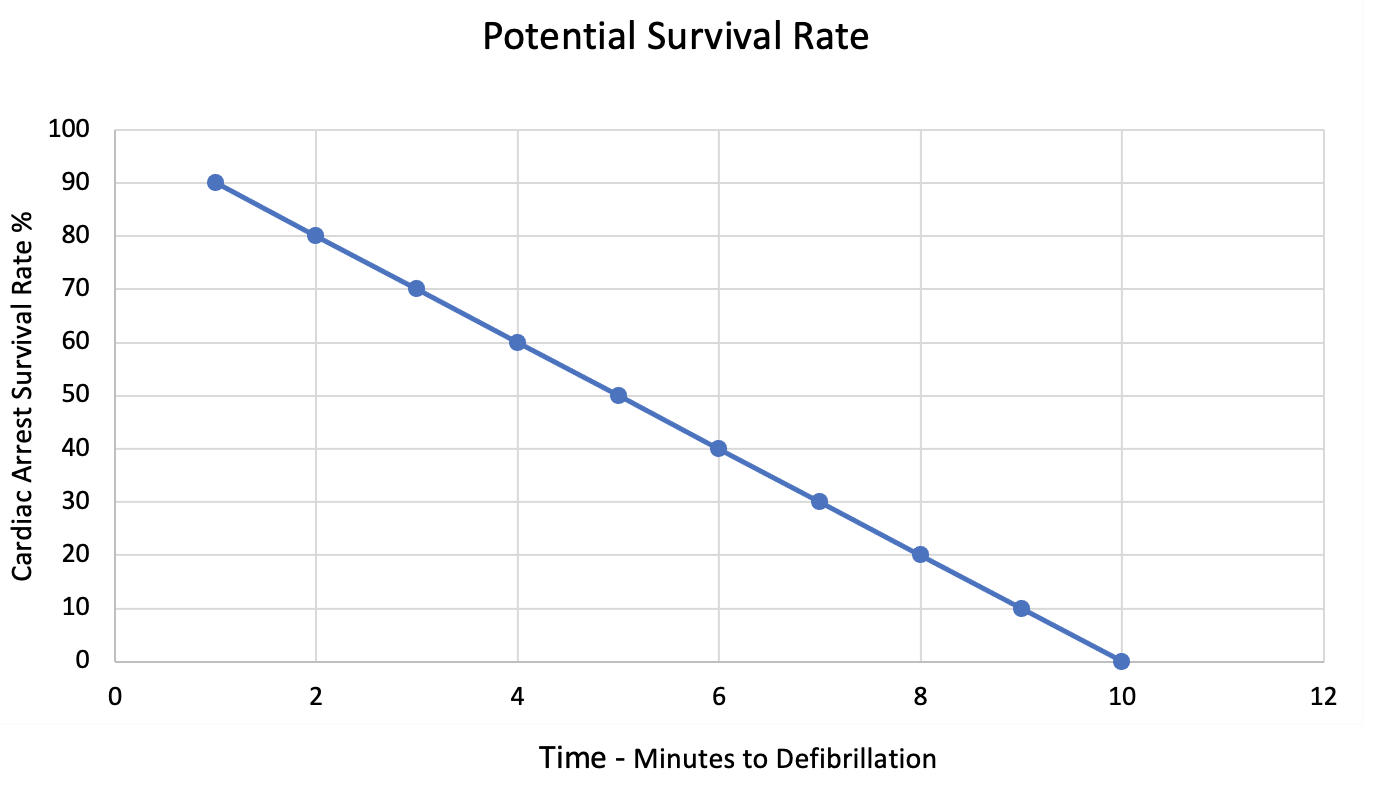Saving Lives for 75 Years
Sponsored Article by Highfield International
75 years ago, Claude Beck successfully revived a patient in cardiac arrest by using a defibrillator. This was the first of many lives to be saved in hospitals around the world using the device, which would eventually lead to the development of the Automated External Defibrillator (AED) that we now find in the workplace and in many public areas.
Fast forward to the mid-1960s, James Francis Pantridge, a physician and cardiologist from Northern Ireland, developed an early portable defibrillator that was powered by a 70kg car battery. He soon improved on this with his second device weighing considerably lower at 3kg. This marked the beginning of portable defibrillators being carried in ambulances.
By the late 70s, the first commercially available portable AED, ‘The Heart Aid’ came into the market and was designed to be safe for bystanders to operate. Despite coming to the end of 2022, 50 years past this milestone with many portable AEDs available in the market, there is still limited accessibility, awareness and training for this life-saving device in many countries and workplaces.
Research has shown that the early use of an AED for people in cardiac arrest increases the chances of survival significantly. Every year, data is released that continues to demonstrate the significant benefit to casualties when an AED is available during the immediate minutes following a cardiac arrest. If you do not have an AED in your workplace, you will be waiting for the emergency services to arrive. By this time, the chances of survival will have reduced considerably.

Note – The graph shows an approximate decline in the defibrillation success rate
The cost of an AED can often be the barrier to an organisation making this life-saving investment. Over many years of First Aid training, I have been told, ‘They are too expensive,’ and my straightforward response has always been, ‘What value do we put on saving a life?’
How many AEDs should you have?
One is better than none, but a more effective route to your decision-making revolves around time. Your risk assessment should determine how long it takes to get an AED to different parts of your work site. The aim should be to get an AED to a casualty who is in or at risk of cardiac arrest, in the shortest time possible – ideally no more than 2-5 minutes.
In 2013, the London Ambulance Service declared that Heathrow Airport was the ‘safest place in Britain to suffer cardiac arrests in the UK’ because of its network of AEDs, as well as the First Aid trained staff and other medical support staff. The airport now has over 350 AED units throughout the facility.
Are AEDs safe to use?
AEDs have been designed to be safe for use by the public. At Highfield International, we recommend that training takes place to familiarise first aiders with the features, use and safety of an AED, and how to conduct CPR effectively. There are also other support materials and videos that can help first aiders familiarise themselves with the functions and use of an AED.
Take a look at our First Aid support training video – https://www.highfieldinternational.com/download
For more information on Highfield training resources and certification contact:
Edward Dawson –
Edward Dawson – Highfield International
Highfield International is the overseas branch of Highfield Qualifications, a leading developer of safety and vocational training materials and provider of UK and international certification.
Ed’s 30 years of vocational training experience spans a broad range of education and training settings in the UK and internationally. ‘First Aid has been a passion of mine for the last 30 years. As a first aid trainer, I am committed to educating people about the value of Automated External Defibrillators in and out of the workplace.’
